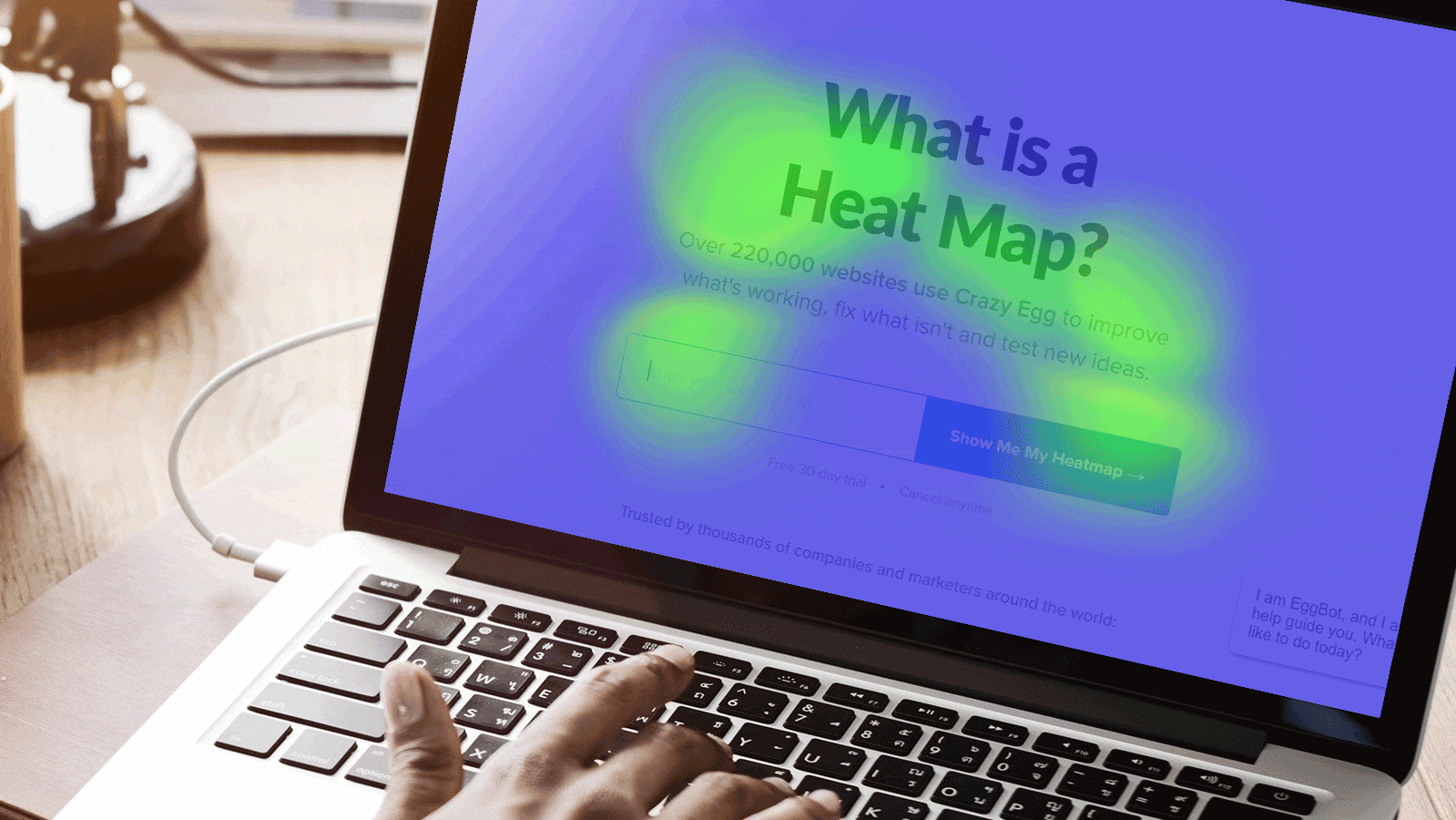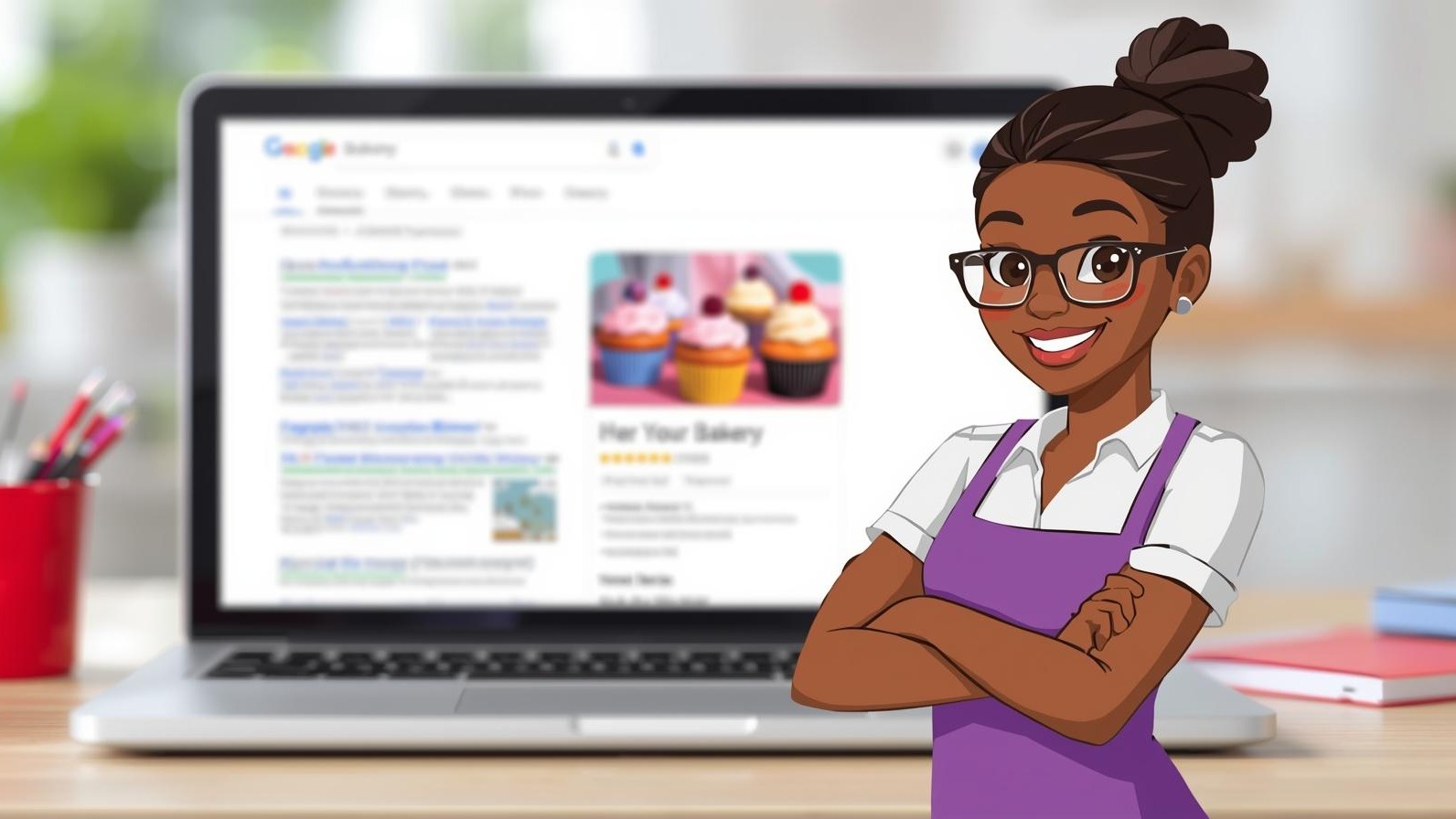You’ve worked hard to get people to your website, but they’re leaving without buying or signing up. It’s like throwing a big party where guests walk in, glance around, and slip out the door. Frustrating, right? The good news is that most reasons for low conversions are fixable, and small changes can make your site a lead-generating powerhouse. This guide dives into why your website isn’t converting visitors, using stories, stats, and easy steps to inspire you to act and see real results.
Key Takeaways
Slow websites lose over 50% of visitors if they take more than 3 seconds to load.
Confusing designs cause 70% of users to leave without engaging.
Clear calls to action (CTAs) boost conversions by 121%.
Trust signals like reviews increase sales by 20-30%.
Targeting the right audience can double or triple conversion rates.
Engaging, benefit-focused content drives 67% more interaction.
Mobile-friendly sites are critical since 53% of traffic comes from phones.
Complex forms reduce submissions; simplifying them can lift conversions by 120%.
Urgency, like limited-time offers, spikes conversions up to 332%.
Using data tools like heatmaps and analytics improves conversions by 15-25%.
These insights, backed by Google, HubSpot, and conversion experts, show how small tweaks lead to big wins.

The Hidden Cost of Low Conversions
Meet Sarah, a florist who gets 2,000 visitors monthly to her online shop but only 20 buy bouquets. That’s a 1% conversion rate, far below the 3-5% average for online stores. Sarah wonders, “Why aren’t my visitors buying?” After investigating, she discovers her site is slow on mobiles, lacks customer reviews, and has a hidden “Order Now” button. Fixing these boosts her sales 200% in two months. Like Sarah, businesses lose billions yearly due to poor websites. Understanding why is the first step to growth.
Conversion rate is the percentage of visitors who take action, like purchasing or filling out a form. If 100 people visit and 5 buy, that’s 5%. A good rate depends on your industry: retail averages 3%, services 5-10%. To rank high for “why isn’t my website converting visitors,” we’ll focus on user-friendly fixes.
Reason 1: Your Website Is Too Slow
A slow site drives people away. Google says 53% of mobile users leave if a page takes over 3 seconds to load. In our fast-paced world, speed matters. A lagging site is like a long line at a coffee shop—customers walk out.
For example, Target cut load times and saw a 1% conversion increase per second saved. To check your site’s speed, use Google PageSpeed Insights at pagespeed.web.dev. Enter your website’s URL, and it will grade your speed on mobile and desktop, giving tips like compressing images or using faster hosting. Action: Run a report, follow the suggestions, and aim for a load time under 3 seconds to keep visitors engaged.
Reason 2: Your Design Confuses Visitors
A cluttered or confusing website feels like a messy store—you can’t find what you need, so you leave. HubSpot reports that 70% of users bounce from sites with poor navigation or design.
Navigation is how users move around your site, like a map for a new city. Take Tom, a dog trainer whose site had too many menus and pop-ups. Visitors couldn’t find his “Book a Class” page and left. Simplifying to a clear menu—Home, Services, Pricing, Contact—tripled his bookings. Action: Ensure your site has a clean layout with easy menus, big buttons, and plenty of white space. Ask a friend to find key pages in under 10 seconds.
Reason 3: No Clear Calls to Action
A call to action (CTA) is a prompt like “Buy Now” or “Get a Free Quote.” Without them, visitors don’t know what to do next. Sites with strong CTAs convert 121% better, per studies.
Imagine a menu without an order button—how would you get food? Lisa’s catering site had great photos but no clear “Book Now” button. Adding bold CTAs like “Host Your Event Today—Click Here” doubled inquiries. Action: Place CTAs at the top of pages, use benefit-driven words like “Start Saving Now,” and test bright colors like red or orange.
“Your website is only as good as the actions it inspires.” – Anke Audenaert, digital marketing expert
Reason 4: Visitors Don’t Trust Your Site
Trust is everything online. Edelman’s research shows 81% of people need to trust a brand before buying. Social proof, like customer reviews or security badges, builds that trust.
For example, Mike’s bike shop added testimonials like “Fast delivery, best bike ever!” and a secure payment seal. His conversions jumped 30%. Action: Collect reviews via email after sales, display them prominently, and show trust badges like “Secure Checkout.” Link to your social media to prove you’re real.

Reason 5: Your Site Isn’t Mobile-Friendly
Since 53% of web traffic is mobile, a site that looks bad on phones loses customers. Google’s Mobile-Friendly Test shows if your site works well on small screens.
Mobile-friendly means your site adjusts for phones, with easy-to-tap buttons. Emily’s tutoring site required zooming on mobiles, losing clients. A responsive design (auto-adjusts) increased sign-ups 45%. Action: Test your site at Google’s Mobile-Friendly Test and use simple layouts with large text.
Reason 6: You’re Attracting the Wrong Visitors
Traffic is great, but if it’s not the right people, conversions stay low. High-intent visitors (ready to buy) convert 2-3 times better than casual browsers.
Intent is what users want—info or purchase? John’s pet store targeted “free pet tips” and got browsers, not buyers. Switching to “buy premium dog food online” brought paying customers, boosting sales 180%. Action: Use Google Keyword Planner to find terms like “best website conversion strategies.” Run targeted ads and track with Google Analytics.
Reason 7: Your Content Lacks Spark
Boring content listing features puts people to sleep. Content Marketing Institute says engaging, benefit-focused content increases time on site by 57%.
Benefits answer “What’s in it for me?” Instead of “Our app has 10 tools,” say “Save hours and grow your business easily.” Rachel’s fitness site shared client success stories, like “Jane lost 20 pounds with our plan!” Conversions rose 40%. Action: Use stories, bullets, and emotional hooks like success or ease to connect with readers.
Reason 8: Overly Complex Forms or Checkout
Long forms scare visitors—each extra field cuts submissions by 10%. A simple checkout process is key to sales.
David’s online store had a 12-field form; cutting it to 4 fields lifted completions 60%. Action: Use auto-fill, progress bars, and guest checkout options. Test your form—can you fill it in under a minute?
Reason 9: No Sense of Urgency
Urgency prompts action, like “Only 3 Left!” OptinMonster says it can boost conversions 332%.
For example, Anna’s clothing site added “Limited Stock—Shop Now” timers, increasing sales 25%. Action: Use honest countdowns or offers like “Free Shipping This Week Only” to motivate buyers.
Reason 10: You’re Not Using Data or Testing
Guessing what’s wrong wastes time. Econsultancy reports 61% of high-converting sites use A/B testing.
A/B testing compares two versions, like different headlines. Kevin’s consulting site tested CTAs, finding one that converted 22% better. Heatmaps show where users click, scroll, or leave, revealing issues like ignored buttons. For example, a heatmap on Sarah’s florist site showed no clicks on her checkout button—it was hidden below the fold. Moving it up increased sales.
What’s a heatmap? A heatmap is a colorful map of your website showing where visitors interact most. Red areas mean high activity (lots of clicks or scrolling), while blue means low. It’s like seeing footprints on your site to spot what works or doesn’t. Tools like Hotjar, Crazy Egg, or Microsoft Clarity (free at clarity.microsoft.com) let you create heatmaps easily. Just add a small code to your site, and in a few days, you’ll see user behavior.
Get a heatmap: Sign up for Microsoft Clarity for free. It tracks clicks, scrolls, and more, showing you exactly where visitors engage or drop off. Alternatively, try Hotjar or Crazy Egg for advanced features, starting at $24/month.
Check speed and content quality: Use www.digitalmarketingall.co to get a detailed report. Enter your website’s URL, and it analyzes speed (like PageSpeed Insights) and grades your content for engagement, keywords, and clarity. It highlights if your text is too complex or if CTAs are weak, giving actionable fixes. For example, a bakery used their report to simplify content and saw a 15% conversion lift.
See How Digital Marketing All Can Drive More Traffic to Your Website
Brand Voice Strategy – Let our team help you create your brand voice to attract your ideal customer.
Local SEO - unlock more SEO traffic. See real results. Dominate your local market.
Dominate Google – Let us get your company to the top of Google.
Competitive Link Analysis – Know what your competitors are doing.
Geo-Targeting – Let us find your customers in your desired location.
Content Marketing - Our team creates epic content to be shared, generate links, and attract traffic. We know the secret recipe for success.
Paid Media Advertising - effective paid strategies with clear ROI. You pay per result with us.
Blogging Services – Let us create a blog that will help you rank.
Search Price Optimization – Not only can you own the keyword in your local area and nationally, but you can control your advertising cost by getting out of the price war that exists in pay-per-click advertising and achieve a higher ROI.
Marketing Consulting: Develop tailored strategies to grow your brand and maximize impact.
AI Agent: Get a customized AI Agent that will become your 24/7 Sales Agent.
Business Coaching: One on One coaching to help you through anything that is hindering your business.

Frequently Asked Questions
What is a website conversion rate?
It’s the percentage of visitors who take a desired action, like buying or signing up. For example, 5 sales from 100 visitors is 5%. Aim for 3-10%, depending on your industry.
Why do I have traffic but no conversions?
You might have slow load times, poor design, or the wrong audience. Use heatmaps from Microsoft Clarity or a report from www.digitalmarketingall.co to spot issues.
How can I boost my website’s conversions fast?
Optimize speed with PageSpeed Insights, add clear CTAs, and show reviews. Heatmaps from Hotjar or Clarity reveal where users get stuck.
What is conversion rate optimization (CRO)?
CRO improves your site to turn more visitors into customers. It uses data, like heatmaps or A/B tests, to fix barriers.
Why are heatmaps useful for conversions?
Heatmaps show where users click, scroll, or leave, highlighting problem areas. Get started with free tools like Microsoft Clarity.
How do I check my website’s speed and content?
Visit pagespeed.web.dev for speed and www.digitalmarketingall.us for a report on speed and content quality, including engagement and keyword tips.
Your website is a goldmine waiting to be tapped. Don’t let slow speeds, confusing designs, or missing trust signals stop you from turning visitors into loyal customers. Start with one fix—run a speed test at pagespeed.web.dev or get a heatmap from Microsoft Clarity. Picture the excitement of watching your sales climb as visitors finally say “yes.” Take action today and unlock your site’s true potential!
I hope you enjoy reading this blog post. If you want to be our next success story, have my team do your marketing. Click here to book a call!
 Add Row
Add Row  Add
Add 








Write A Comment